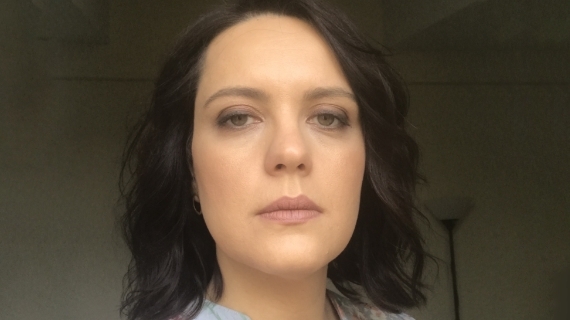Dulce Neutel
Sleep apnea from 0 to 100 years old in an interdisciplinary perspective - the neurological perspective

- Degree in Medicine by Faculdade de Medicina da Universidade de Lisboa
- Neurologist
- Competence in Sleep Medicine by Ordem dos Médicos
- Somnologist certified by European Sleep Research Society
Nationality: Portugal
Scientific areas: Orthodontics (sleep apnea)
19 of november, from 15h00 until 15h15
Auditorium B
Conference summary
Sleep Apnea (OSA) has several different symptoms, namely related to cognitive functions such as attention deficit, memory difficulties or even morning headaches, and not only the very well known excessive daytime somnolence.
To make a decision to treat OSA, it is very common to take into consideration only the result from polysomnography of the apnea/hypopnea index (AHI) adding sometimes desaturation index and the oximetry values during the night.
From a neurological point of view, it is also necessary to pay attention to the arousal index, AHI during REM sleep and even to a slight increase in the AHI, because they could all be responsible for the above mentioned symptoms. However, the decision among all treatment options is frequently a true challenge, due to possible side effects. For example, a leak in the ventilation therapy or a minor discomfort in the temporomandibular joint in users of advanced mandibular devices may be more difficult to cope with than the benefits the therapy could give.
So, should we treat these patients, or the secondary effects are worse than the benefits and we should not treat the AHI slightly above normal values or a REM sleep apnea?